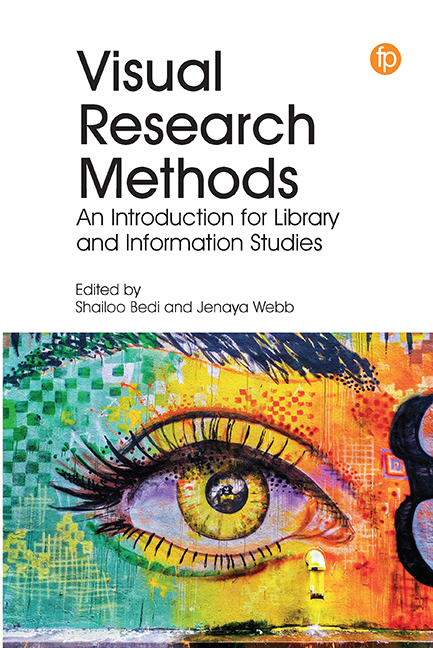5 - Making as Storytelling: Using Draw-and-Write and Object Elicitation in the Design and Study of a Library Makerspace
Published online by Cambridge University Press: 07 November 2020
Summary
In 2016, we set out to build and then study an academic makerspace. To do that, we relied on two visual research methods. The first method, draw-andwrite, served as the core of our community consultation. Because we were building a makerspace, we wanted a consultation method that was fittingly creative and visual and one that would inspire participation. Draw-and-write gave us rich output and that makerspace fit.
Once the makerspace was built and running, our second method, object elicitation, helped focus interviews with research participants. Many of the participants made objects and used the process of making to tell stories, and we wanted a method that allowed those stories to be told. Object elicitation was an opportunity to let participants tell the stories of their creations and base the narrative of their experiences around the experience of making.
This chapter describes how we used these two visual research methods and our reflections on doing so.
Background
We conducted our research at the Semaphore Studio307 Makerspace at the Faculty of Information, University of Toronto, from 2016 to 2017. For simplicity, we may refer to our field site as ‘the space’ or ‘Studio307’, as it was so often referred to by us and the participants.
Field Site
Studio307 is an approximately 300-square-foot, student-run makerspace located in a library school (figures 5.1 and 5.2 on the next page). The space is available during open hours for special event programming and by key access. Semaphore Research Cluster, TechFund (a student fund) and the Inforum (the library within the faculty) provided funding and equipment; the faculty itself provided the physical space and institutional support. The space's intended audience are graduate students from the Faculty of Information. It was pitched to the faculty as a place to pursue course work for classes like physical computing and mount making, to learn makerspace skills (particularly as makerspaces are becoming more common in libraries and museums) and to explore new information technologies in a hands-on manner that may not be possible in the classroom.
The focus of Studio307 is small-scale fabrication, critical making, exhibition construction and skills development for current and future librarians and museum and information professionals.
- Type
- Chapter
- Information
- Visual Research MethodsAn Introduction for Library and Information Studies, pp. 107 - 126Publisher: FacetPrint publication year: 2020



